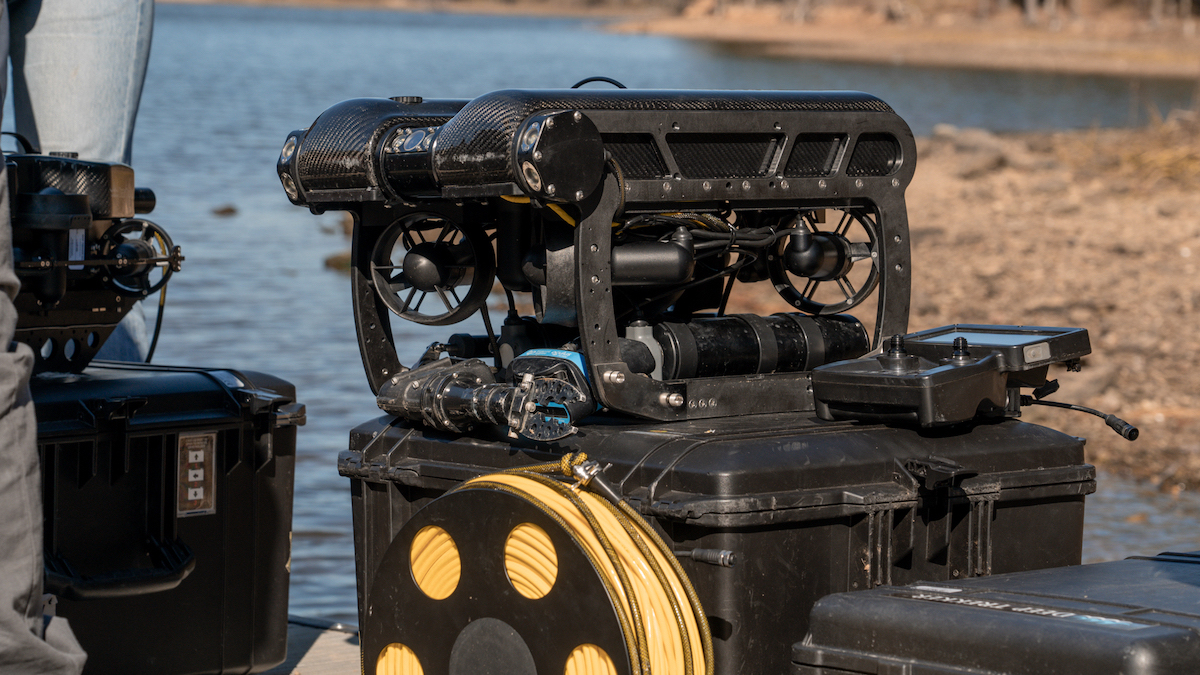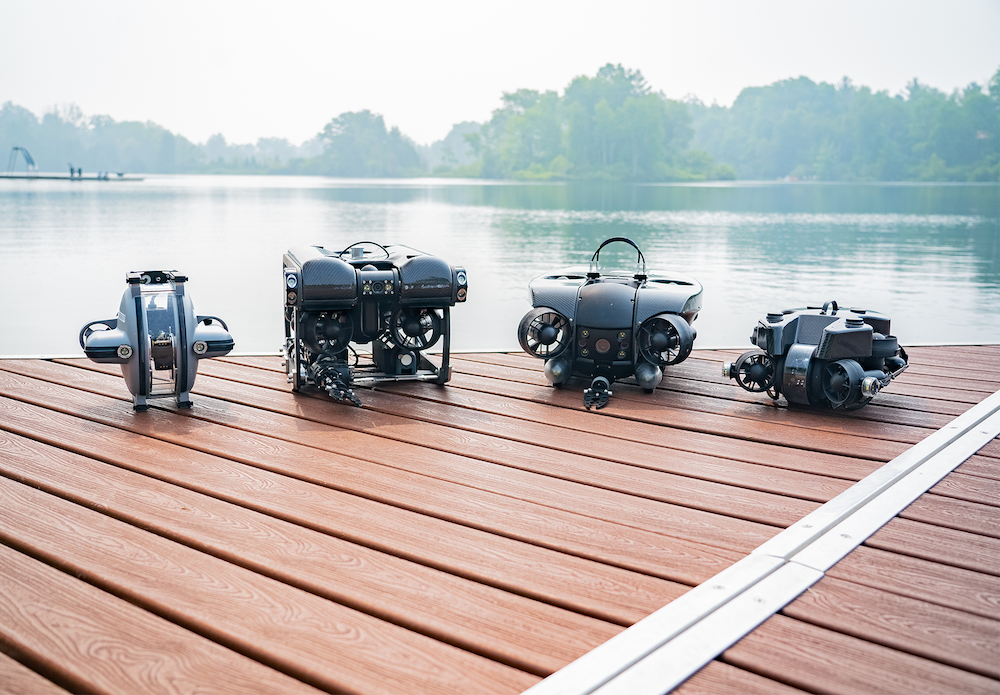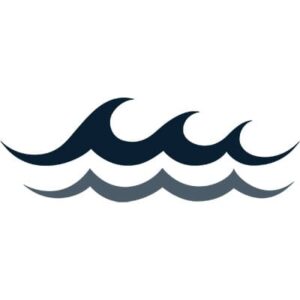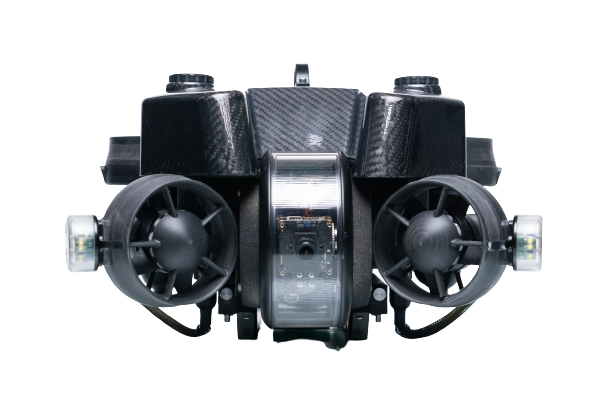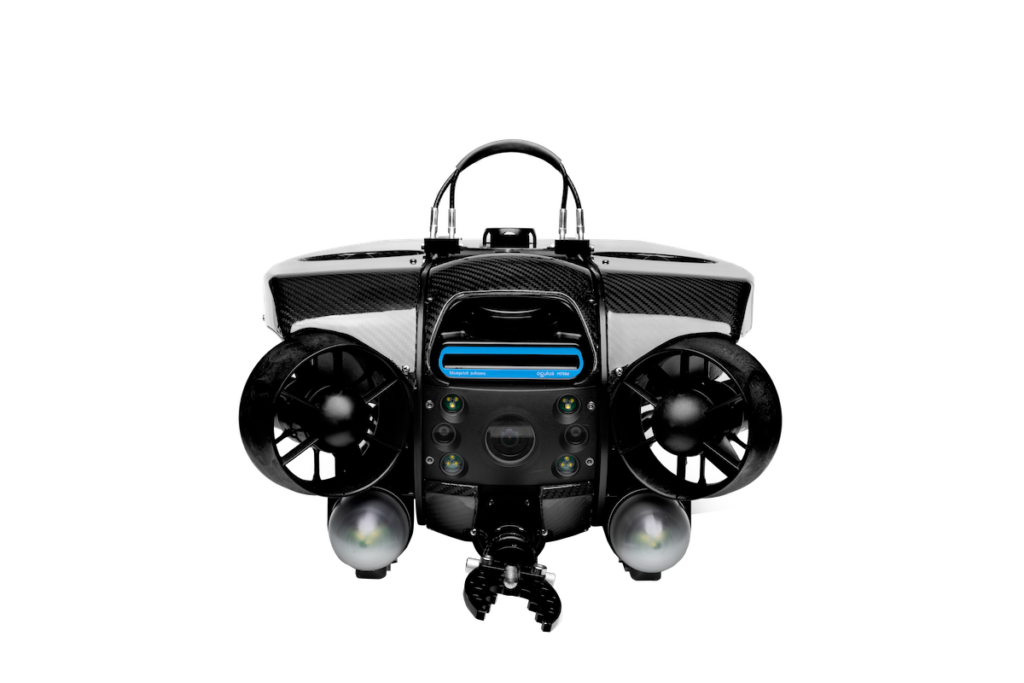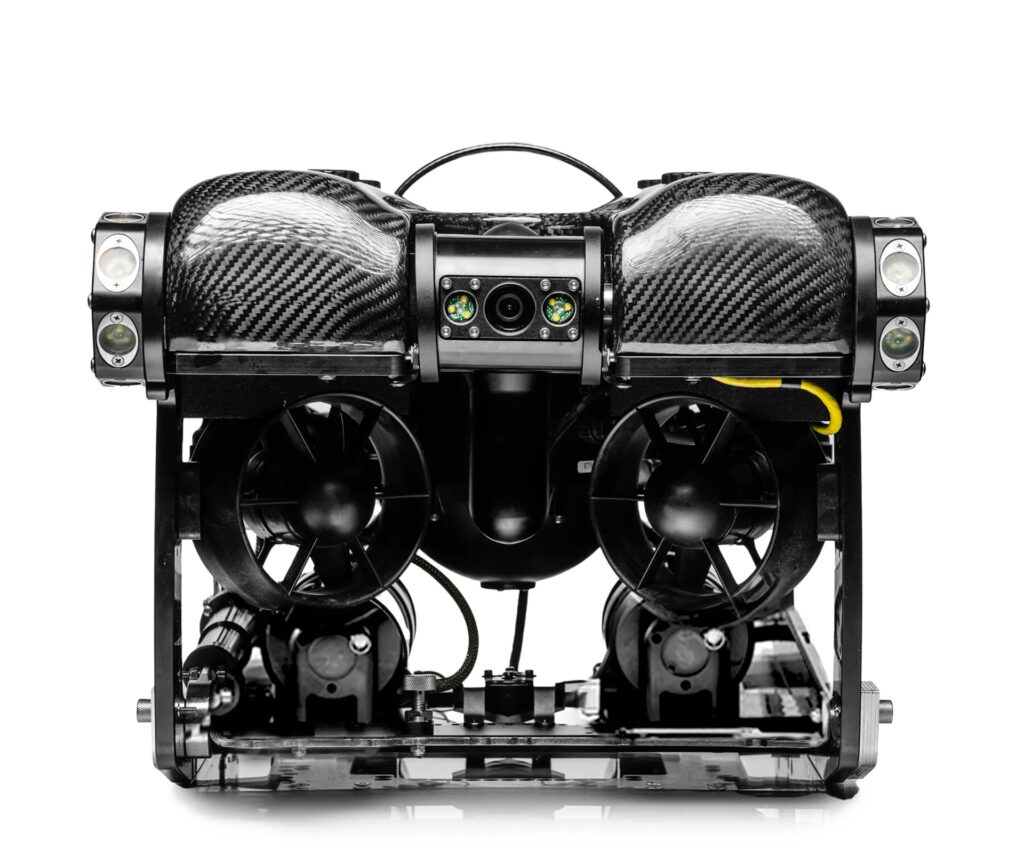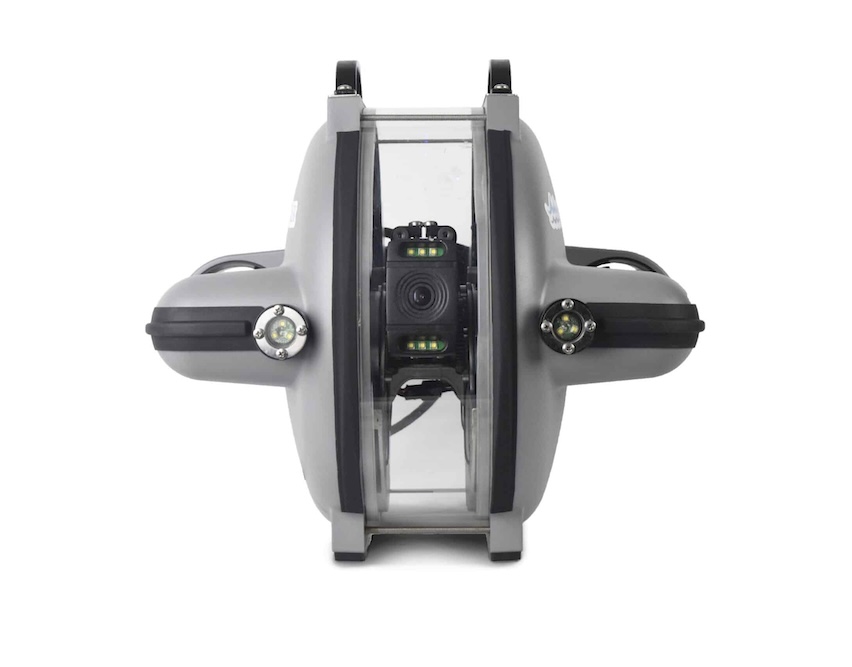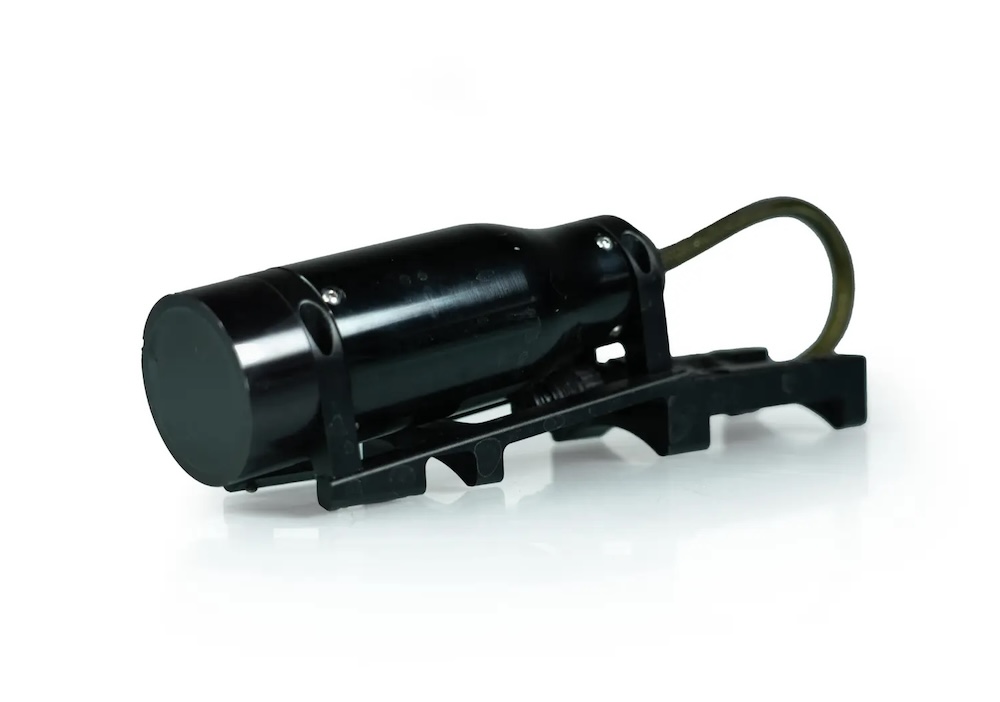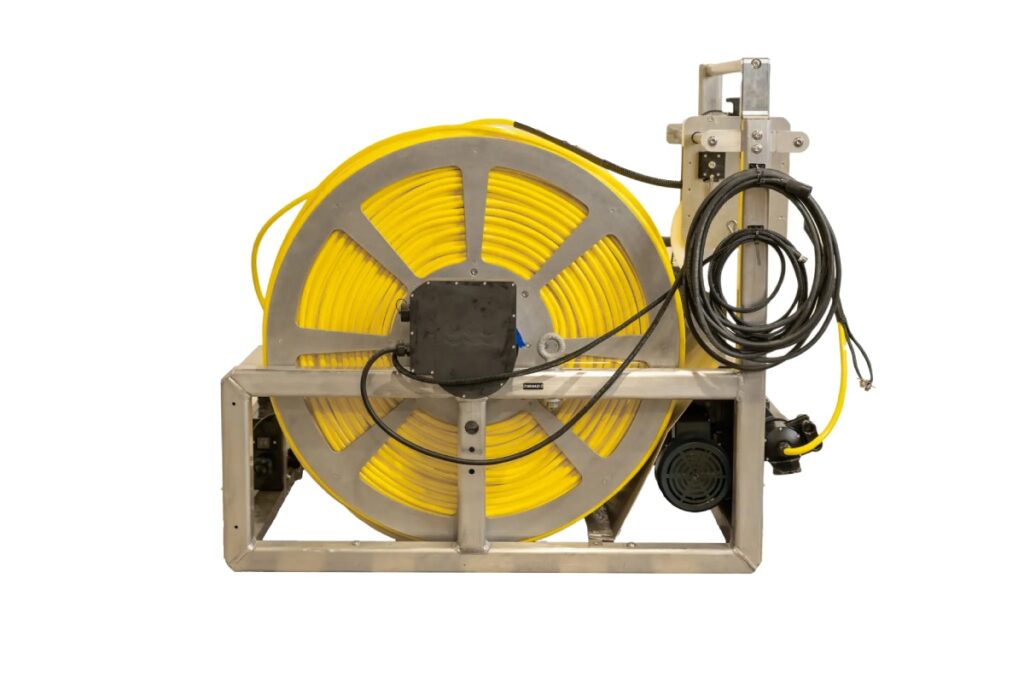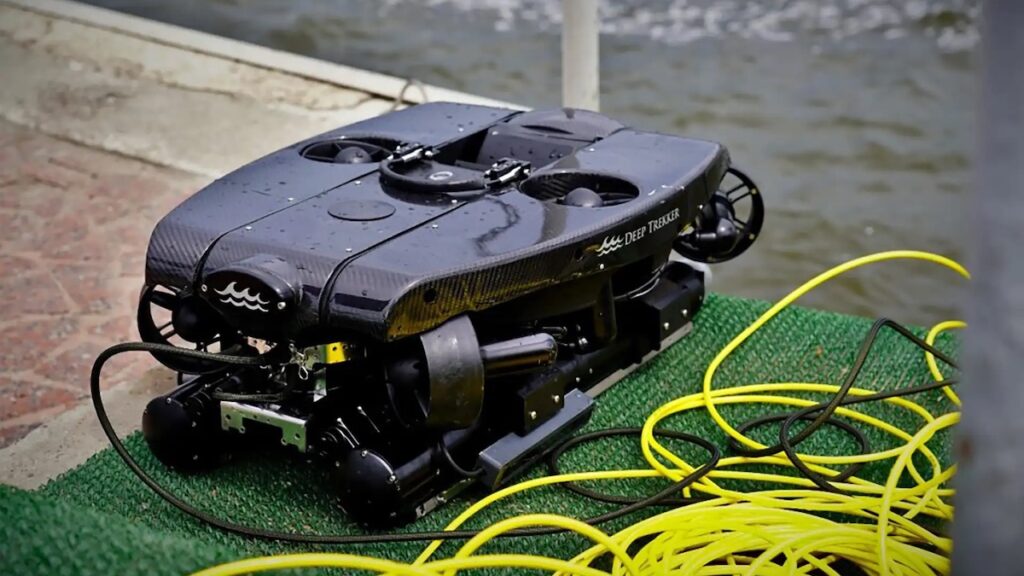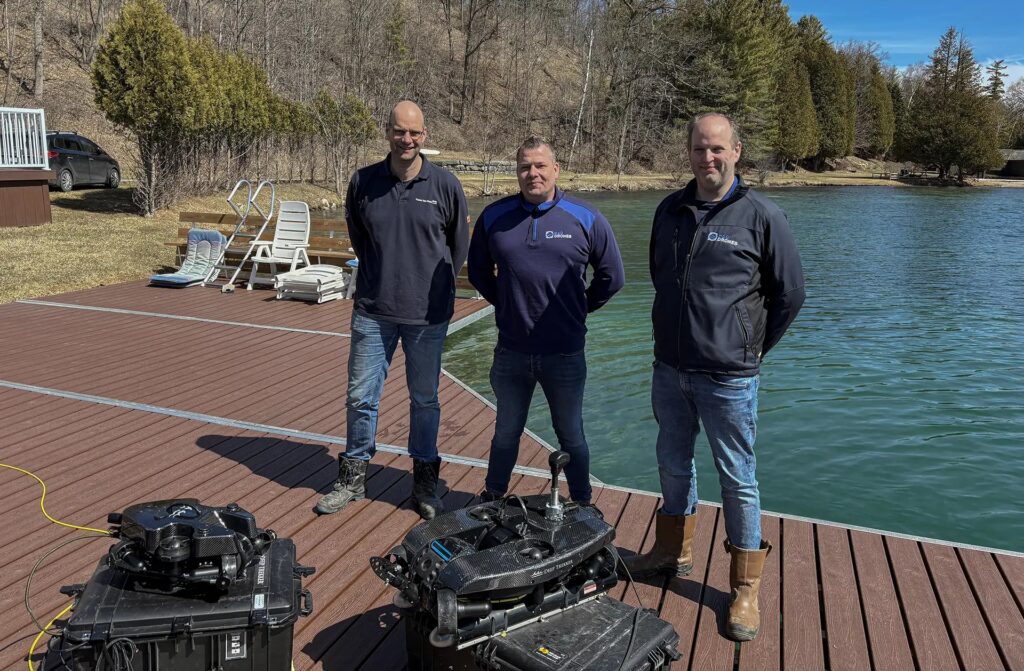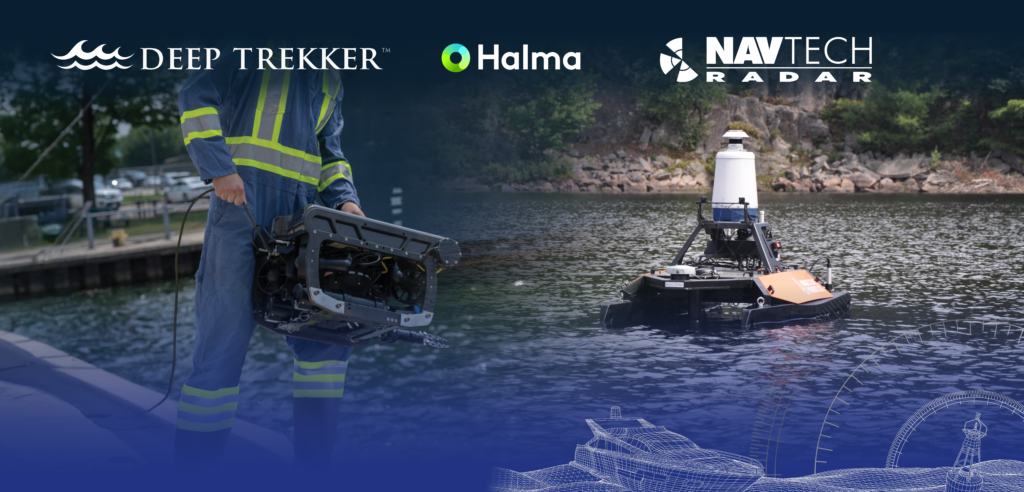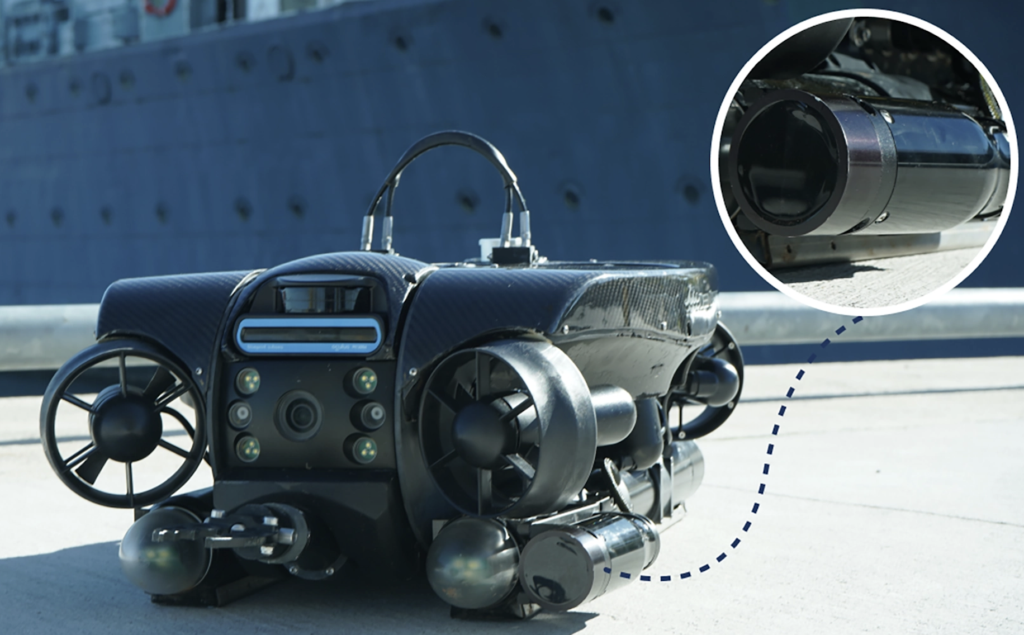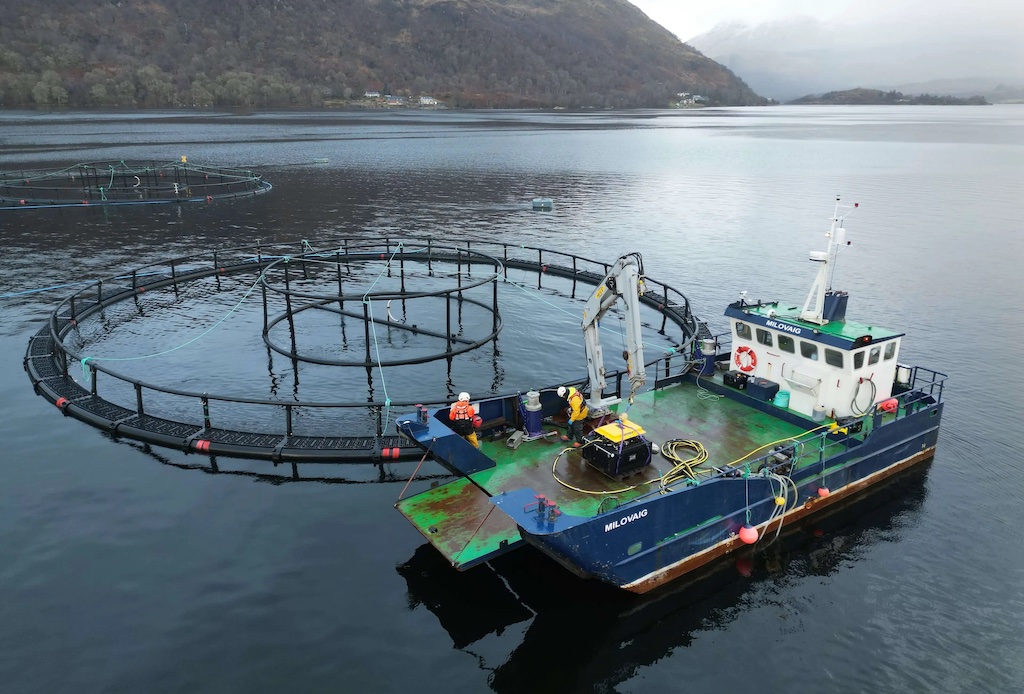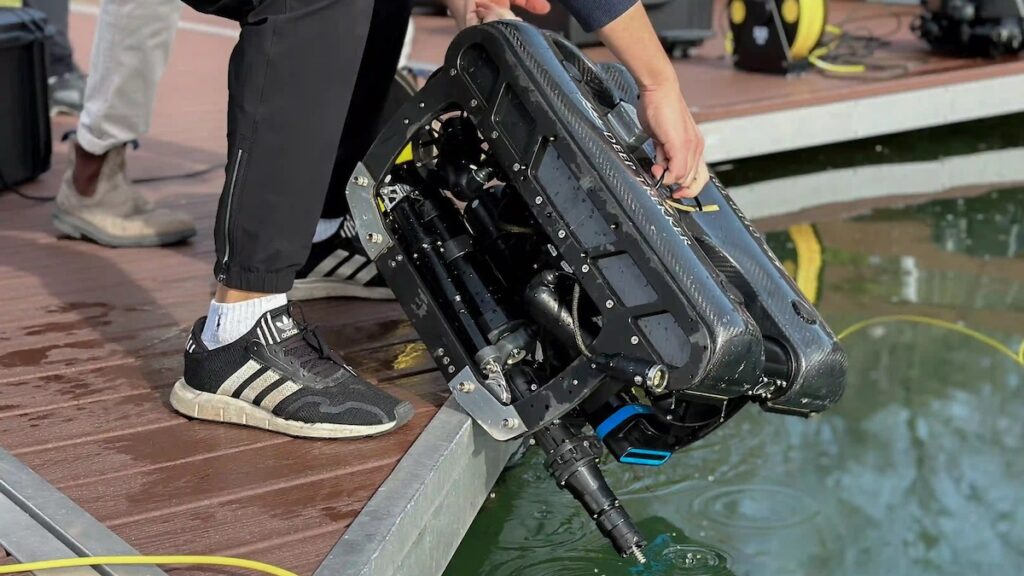
Laval University’s marine research team in Quebec is using Deep Trekker‘s advanced PIVOT ROV to enhance underwater data collection across a range of applications, from vessel hull inspections to water sampling and ecosystem monitoring.
In Arctic regions like Pond Inlet, Nunavut, the team conducts frequent ship hull inspections to analyze biofouling—the accumulation of marine organisms that can spread non-indigenous species across ecosystems. The PIVOT ROV enables researchers to capture detailed imagery of submerged surfaces while vessels remain operational, eliminating the risks and delays associated with diver-based inspections.
The team also applies the ROV to collect environmental DNA (eDNA) samples, helping assess biodiversity in sensitive marine areas. With a mounted water sampler, the ROV can gather samples at targeted depths without disturbing the surrounding environment, improving the accuracy of rare species detection. This approach allows researchers to conduct efficient, repeatable sampling across multiple sites in a short time window—critical in remote field conditions.
In the Saguenay Fjord, the PIVOT ROV has dramatically expanded survey capabilities. Whereas divers were limited to about five sampling stations, the ROV now enables coverage of up to 40 sites per session and can reach depths of up to 100 meters—far beyond typical dive limits. This added range helps the team access previously unsurveyed areas and collect comprehensive data more safely and efficiently.
Looking ahead, the Laval team is exploring the integration of photogrammetry into its research—using high-resolution imagery to build 3D models of underwater structures like seawalls and ship hulls. While still in the planning phase, this technique offers the potential for long-term structural monitoring, providing a detailed visual record of changes over time.
The PIVOT ROV’s robust design, intuitive controls, and portability have made it a key asset for the team’s operations. Its quick setup and minimal maintenance ensure research continuity in challenging environments, whether operating in icy Arctic waters or deep fjord channels.
Read the full case study or visit the Deep Trekker website for more information.





